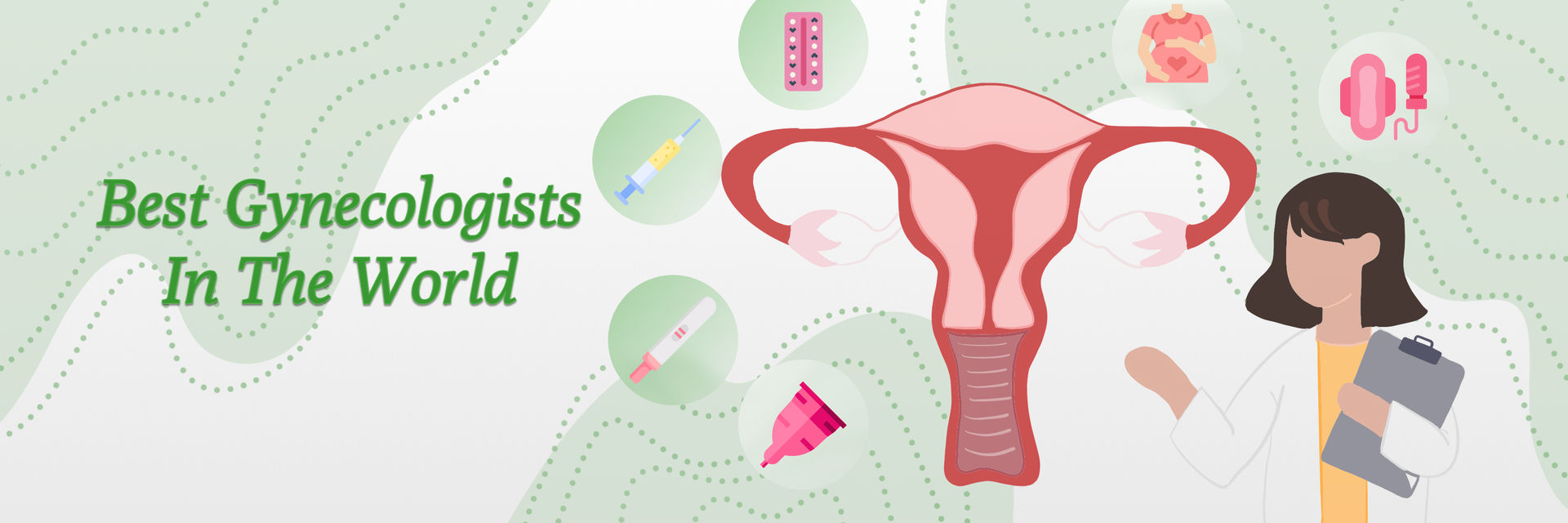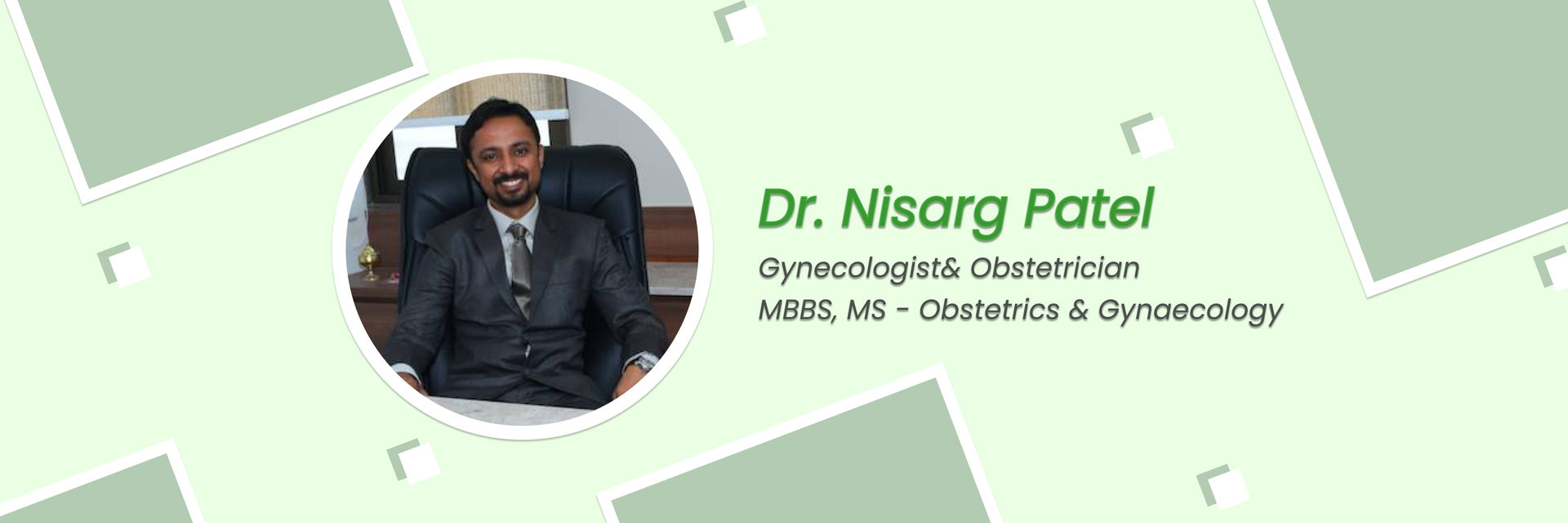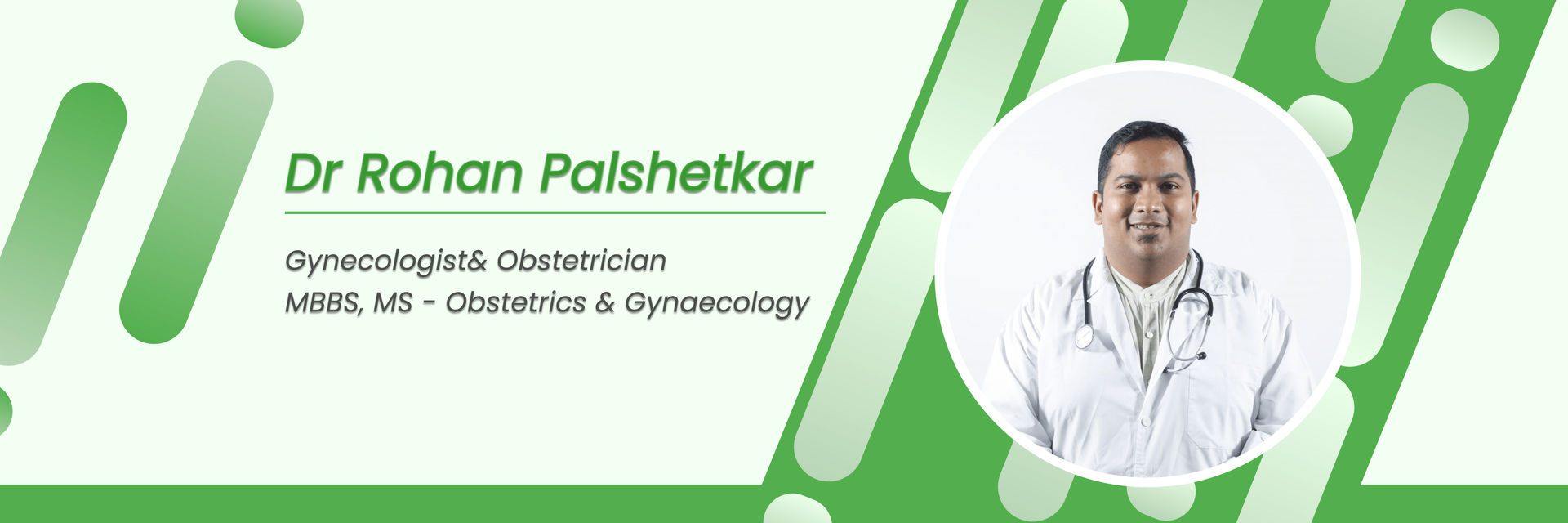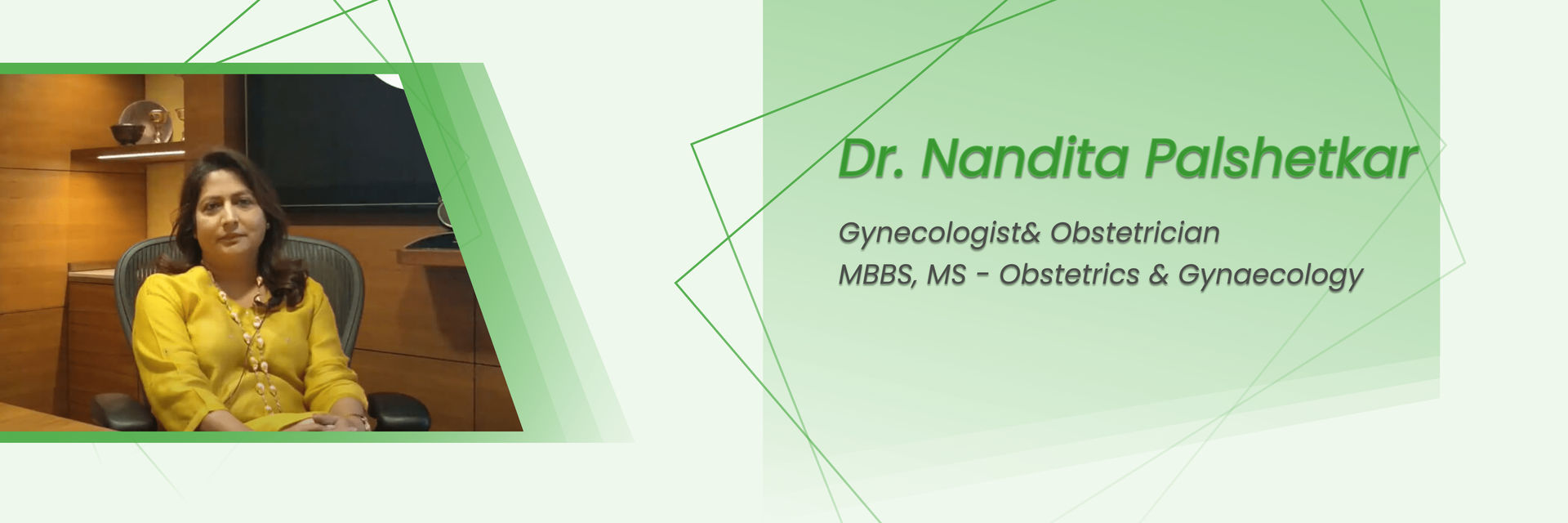What is non-obstructive azoospermia?
Let’s understand non-obstructive azoospermia.
Men with non-obstructive azoospermia have few or no sperm in their semen as a result of their testicles not producing enough sperm. It differs from obstructive azoospermia, in which the sperm is prevented from exiting the body.
Male infertility is brought on by non-obstructive azoospermia. It's critical to find out the cause and consider all workable childbearing options.
Does non-obstructive azoospermia occur commonly? Let's find out!
Your health is too important to ignore – schedule your appointment now.
Is non-obstructive azoospermia a common condition?
Non-obstructive azoospermia is uncommon when compared to other causes of male infertility. It is thought to afflict roughly 1 in 100 males and be the cause of 10 to 15 out of every 100 instances of seamlessness in the semen. Even while it might not occur to many people, it can nonetheless have a significant effect on the person experiencing it.
Let’s have a look at the causes of non-obstructive azoospermia.
What are the causes of non-obstructive azoospermia?
There are many potential causes of non-obstructive azoospermia, including:
Testicular failure refers to the inability of the testicles to produce sperm due to genetics, hormonal imbalances, or specific disorders that impair their function.
Genetic Disorders | Y chromosome microdeletions, Klinefelter syndrome, and other chromosomal disorders can all prevent sperm from developing. |
Hormonal Imbalances | Hormone imbalances, such as low testosterone or high follicle-stimulating hormone (FSH) levels, might reduce sperm production. |
Varicocele | By increasing testicular temperature and resulting in hormonal imbalances, a varicocele is an enlargement of the veins that drain the testis. |
Infections | Some infections, such as mumps orchitis, or transmitted infections, can harm the testicles and hinder the production of sperm. |
Cancer therapies | Non-obstructive azoospermia can result from therapies like chemotherapy and radiation therapy that damage sperm production. |
It's crucial for people with non-obstructive azoospermia to go through extensive medical testing and examination to identify the precise cause and select the best course of action.
Do you know how is non-obstructive azoospermia diagnosed? Let’s find out.
How is non-obstructive azoospermia diagnosed?
A fertility expert or urologist would perform a thorough evaluation to diagnose non-obstructive azoospermia. The diagnostic procedure could entail:
Medical History | The physician will examine the patient's medical background, taking into account any previous illnesses, operations, or genetic problems that might be related to infertility. |
Physical Exam | A physical exam will be performed to look for any indications of hormonal imbalances, abnormalities in the testicles, or other probable causes of non-obstructive azoospermia. |
Semen Analysis | To find out if sperm are present or not, a sample of semen will be taken and tested. This test aids in the distinction between obstructive and non-obstructive azoospermia. |
Hormone Testing | Tests for hormones, such as testosterone, follicle-stimulating hormone (FSH), luteinizing hormone (LH), and others, can be done on blood samples. Unbalanced hormone levels can shed light on the root cause of non-obstructive azoospermia. |
Genetic Testing | Chromosome abnormalities and genetic illnesses linked to reduced sperm production may be discovered by genetic testing. |
Testicular Biopsy | A testicular biopsy may be advised in certain circumstances. To analyze sperm production and identify the precise reason for non-obstructive azoospermia, a tiny tissue sample from the testis is taken. |
Let’s have a look at the Treatment possibilities for non-obstructive azoospermia.
Can non-obstructive azoospermia be treated?
It is possible to cure non-obstructive azoospermia, but the outcome will rely on the root cause and other unique variables. Non-obstructive azoospermia can be treated in some ways, including:
Hormone treatment:
In situations where hormonal abnormalities are a factor in the condition. Hormone replacement treatment or drugs may be recommended to increase sperm production and restore normal hormone levels.
Surgical Interventions:
Sperm can be collected from the testicles using surgical techniques like -
testicular sperm extraction (TESE) or microdissection TESE (micro-TESE). These retrieved sperm can be used in IVF treatments like intracytoplasmic sperm injection (ICSI), which are assisted reproductive techniques.
Assisted Reproductive Techniques (ART):
Pregnancies can be achieved with ART techniques such as intracytoplasmic chosen sperm injection (IMSI) or IVF with ICSI, depending on the severity of non-obstructive azoospermia. These approaches can use sperm that has been removed from the testicles.
Donor sperm:
Using donor sperm for insemination or IVF may be an alternate method of conceiving. If other forms of therapy are unsuccessful or ineffective.
What are the risk factors linked to non-obstructive azoospermia? Let's uncover them together.
Take charge of your health and your life. Contact us today!
Are there any risk factors associated with non-obstructive azoospermia?
Non-obstructive azoospermia has some risk factors that have been linked to it, despite the fact that the actual reason is not always known. These elements consist of:
Genetic Conditions:
Non-obstructive azoospermia is more likely in people with certain genetic abnormalities, such as Y-chromosomal microdeletions and Klinefelter syndrome.
Hormonal Imbalances:
Diseases like hypogonadism or pituitary diseases, which interfere with the generation and regulation of hormones, can cause non-obstructive azoospermia.
Testicular Disorders:
Non-obstructive azoospermia and decreased sperm production are risks that can be increased by previous testicular injuries, infections, and operations.
Chemotherapy or radiation:
Previous exposure to chemotherapy or radiation therapy for cancer can damage sperm production and could cause non-obstructive azoospermia.
Factors in the environment:
Prolonged exposure to environmental pollutants, such as certain pesticides, heavy metals, or industrial chemicals, may decrease sperm production and raise the risk of non-obstructive azoospermia.
It's crucial to remember that having a risk factor does not ensure the development of non-obstructive azoospermia; those without risk factors can still be affected.
What are the chances of achieving pregnancy with non-obstructive azoospermia?
Non-obstructive azoospermia's odds of becoming pregnant rely on some variables, including the condition's specific etiology, the degree of sperm production impairment, and the manner of therapy used.
The retrieved sperm can be used in assisted reproductive techniques like intracytoplasmic sperm injection (ICSI) during in vitro fertilization (IVF) in situations where sperm retrieval is possible through surgical procedures, like testicular sperm extraction (TESE) or microdissection TESE (micro-TESE).
In cases of non-obstructive azoospermia, the success rates of attaining pregnancy with ICSI can vary. Although they can range from 20% to 60%, depending on factors including the quality of recovered sperm and the general reproductive health of the female partner.
It's crucial to realize that success rates can be affected by many variables and may not always guarantee a pregnancy.
Have you ever wondered if non-obstructive azoospermia can be passed on? Keep reading to find out.
Can non-obstructive azoospermia be inherited?
It's possible for non-obstructive azoospermia to have a genetic component, which implies it may be inherited. Non-obstructive azoospermia and reduced sperm production can be caused by specific genetic disorders such as Y chromosomal microdeletions and particular gene alterations. In certain situations, it is possible for parents to pass on genetic abnormalities to their offspring.
It's vital to understand that non-obstructive azoospermia is not always hereditary. Other variables that may contribute to the illness include hormone imbalances, testicular abnormalities, and environmental impacts. Also, spontaneous non-obstructive azoospermia can happen without a specific hereditary cause.
There may be a higher risk of passing on non-obstructive azoospermia to a person's offspring if they have a genetic disorder known to be linked to decreased sperm production. Understanding inheritance patterns and evaluating potential concerns for future generations can both benefit from genetic counselling.
Let’s explore the options for people with non-obstructive azoospermia.
Are there any alternative options for parenthood for people with non-obstructive azoospermia?
Yes, those who suffer from non-obstructive azoospermia can still become parents. Here are some options to think about:
One popular choice is to use donated sperm from a sperm bank or a recognized donor. The given sperm can be utilized for insemination or in vitro fertilization (IVF) using donor sperm or other assisted reproductive procedures.
- Adoption:
Adopting and raising a child who is not your biological child opens up the possibility of becoming a parent.
- Surrogacy:
When the female partner is able to conceive, but the male partner is unable to produce sperm, surrogacy may be an alternative. Using their own or donated embryos, a gestational surrogate carries the child on behalf of the intended parents.
- Fostering:
Becoming a legal guardian for a child in need might provide you a chance to give a child a caring and encouraging environment.
It's crucial for individuals and couples to investigate these possibilities. Think about their personal preferences, and speak with experts in fertility, adoption, or surrogacy to determine which parenting option is best for their particular situation.
Your well-being is our priority - call us to book your appointment today.






